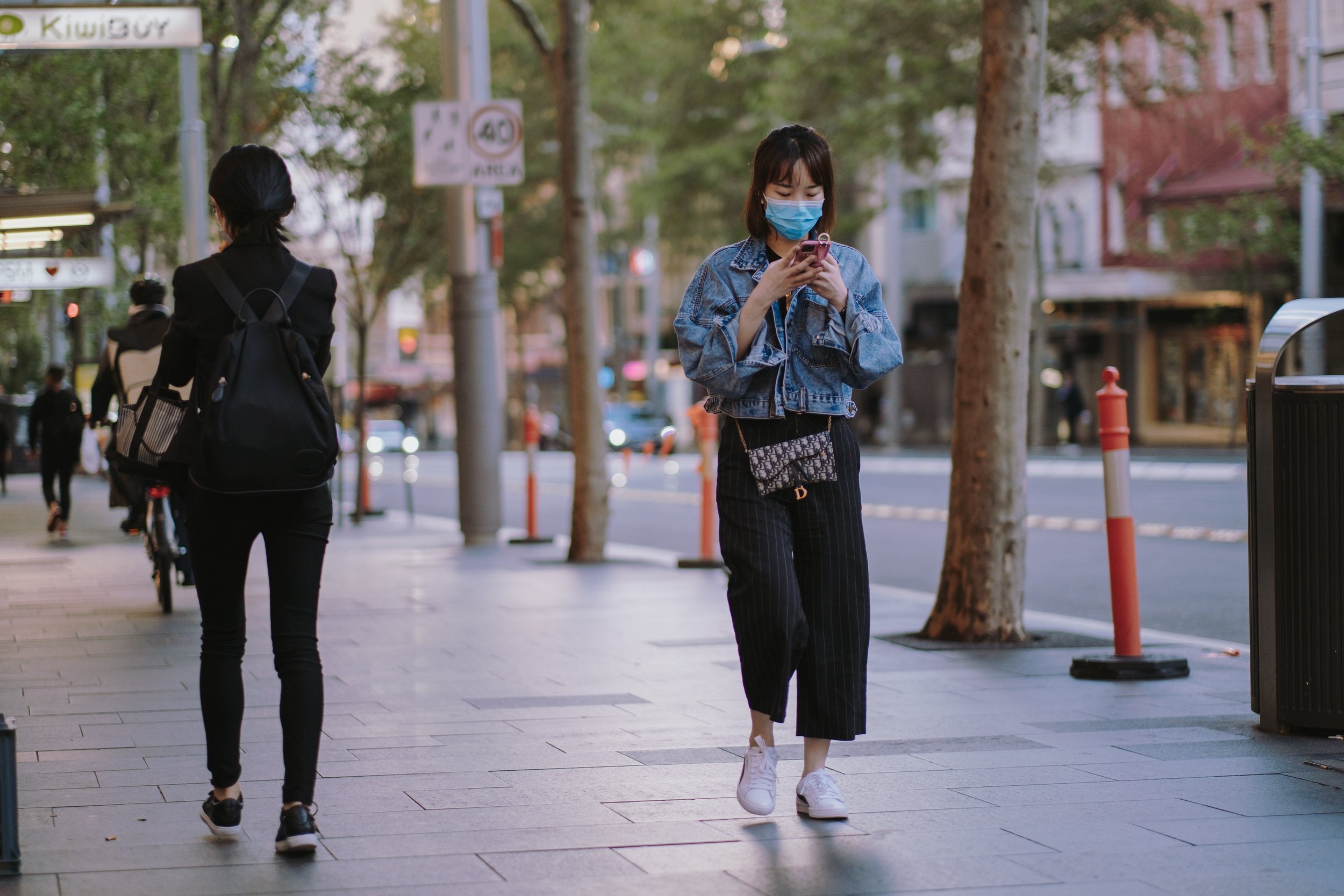Mindfulness hacks with Toby Ouvry: Optimistic Stoicism
Prepared for the worst but anticipating the best
Text: Toby Ouvry, Shannon T
From a pandemic to an endemic, it’s no surprise that many of us started to feel worn out by the uncertainty that lies ahead. With little prospect of returning to the old ‘normal’ that we are familiar and comfortable with, combatting negative emotions will need to come from within, starting from the way we look at things.
Toby Ouvry, a mindfulness teacher and trainer with 15 years of coaching experience and the author of the book ‘Engaged Mindfulness – What mindfulness is and how we can apply it to our daily lives’, shares with us the concept of “Optimistic Stoicism” to help us better navigate the uncertainties in life. Read on to understand how the seemingly contradicting concepts of optimism and stoicism can be combined to help us better navigate the ups and downs in life.
Let go of certainty. The opposite isn’t uncertainty. It’s openness, curiosity and a willingness to embrace paradox, rather than choose up sides. The ultimate challenge is to accept ourselves exactly as we are, but never stop trying to learn and grow.’ ~ Tony Schwartz
For most people, lack of certainty leads to a feeling of anxiety due to uncertainty, and a state of mind that is tiring, uncomfortable and that wears us down. The sense of uncertainty makes our world smaller, less seems possible, and what is possible seems unlikely to be that good!
According to Toby, Stoicism as a philosophy encourages us to look at the worst-case scenario in any given situation and accept that it may happen. It also encourages us to not hope (too much) for our problems and misfortunes to change, but to endure them with fortitude. There is a certain strength and stability that comes from being stoic, and a certain peace of mind that comes from not hoping for anything better. For example, in the long stretch of time where we’ve all been going through Covid lockdowns, it’s useful to accept that this may be a long term issue that doesn’t go away fast. This enables us to settle into the space that is created and work with it, rather than against it.
Optimism as a philosophy contrasts to stoicism. It invites us to think that good things can happen anytime, it can work out better than we thought it would, and that the problems we have can be stepping stones to a life currently better than we can imagine. Reflection on my life shows that it is indeed true, amazing things that I could not have envisaged have happened to me, sometimes despite my mindset!
The ‘embracing of paradox’ that Tony Schwarz refers to above is represented quite well by the contrasting philosophies of optimism and stoicism. Both hold true in their own way, and both are worth cultivating! In conversations with coaching clients recently, I have found the session exploring how we can cultivate ‘optimistic stoicism’ to create a mindset that is ready for and can account for ‘bad sh$#t happening’ but is also bright, playful and looking for the best; we are fully open to the possibilities for the future, whilst being ready for anything! Two images that I love come to mind:
Firstly, the Islamic saying about trusting in Allah/God but not forgetting to tie up your camel
Secondly the Biblical expression from Jesus about learning to be both innocent as doves and wise as serpents
So, in mindfulness terms, we are trying to notice our relationship to uncertainty, and open to it, with the paradoxical attitude of ‘optimistic stoicism’!
A final tip of the hat to ‘Wabi-Sabi’ mindfulness which is a philosophy I’ve appreciated for a number of years now, and that to me speaks very much to the ‘optimistic stoic’. Wabi-sabi invites us to open to the broken, the imperfect, the incomplete and the unfinished in our life with appreciation. There is a quiet beauty in decay and ageing. There is a wonder in the continuous change that surrounds us. It invites us to notice that the ‘perfect happiness’ that we are seeing for may be hidden in plain sight, right amongst the present messy unfolding of our life today.












